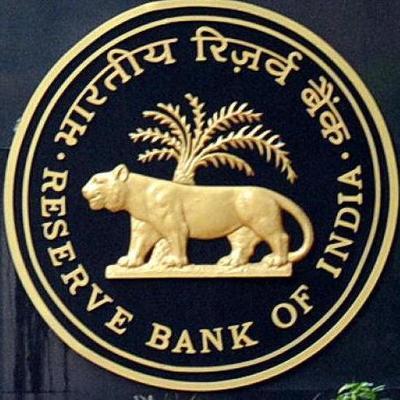The fourth bi-monthly Monetary Policy Committee (MPC) meeting for FY22 took place from 6th December’21 to 8th December’21. There weren’t many surprises in the announcements. On an expected note, MPC voted unanimously to maintain status quo with regard to the policy repo rate and by a majority of 5 to 1 to retain the accommodative policy stance. Consequently, repo rate remains unchanged at 4 percent and reverse repo rate at 3.35 percent. The Marginal Standing Facility (MSF) also remains unchanged at 4.25 percent.
On the growth front, MPC is confident that the Indian economy would be able to achieve the growth rate of 9.5 percent in FY22. The high frequency indicators also support the fact that the domestic economy is progressing towards pre-covid levels. Yet, the emergence of Omicron and potential risk it can have on the growth prospects of the economy is a cause of worry.
On the inflation front, the MPC’s stand looks different from the rest of the central banks across the globe. Most of the central banks have dropped the transitory narrative of inflation and started devising measures to deal with the rising price levels. For instance, Federal Reserve is planning to fasten its tapering of bond purchases as inflation is taking a grip on the US economy. Similarly, three rate hikes are expected from the Federal Reserve by the end of 2022. However, the MPC hasn’t made any considerable revision on the inflation forecast and maintained it at 5.3 percent for FY22. For Q3FY22 and Q4FY22, inflation rate is projected at 5.1 percent and 5.7 percent, respectively. As the favourable base effect wanes off from December onwards, the inflation rate could climb to uncomfortable highs. In November’21, inflation rate reached a three-month high of 4.91 percent. And food inflation rate also reached a three-month high of 2.6 percent. Rabi sowing is progressing well that would help in taming the food inflation rate in the coming months. Yet, the heavy rainfall in certain parts of the country has pushed the vegetables prices to soaring levels. Alongside, the volatility in the international commodity prices passing to the domestic economy is also a cause of concern. Thus, there are potential risks that could push inflation rate upwards in the domestic economy.
As a step towards policy normalisation and to absorb the surplus liquidity in the system, RBI has enhanced the Variable Rate Reverse Repo (VRRR) auctions to the tune of Rs 6.5 lakh crore on December 17 and further to Rs 7.5 lakh crore on December 31. And to ensure effective monetary policy transmission and to anchor interest rate expectation, RBI has committed itself to conduct Open Market Operations (OMOs) and Operation Twist as and when needed. Central government not revising its target on borrowing for FY22 is giving relief to the RBI. Yet, the global developments would warrant the RBI to participate actively in the bond market to keep the bond yields in check. Similarly, the monetary policy normalisation by the major central banks gives more responsibilities to the RBI. The monetary policy normalisation by the central banks in the advanced economies, especially by Federal Reserve, would result in the reverse flow of funds from the Indian economy. The reverse flow of funds would bring pressure on the Indian rupee and calls for the active participation of the RBI in the forex market to keep the currency in check. Depreciation of currency could be a boost for the export sector, but it would make the imports more expensive. A continuously depreciating currency could result in imported inflation increasing the burden on an economy recovering from the pandemic induced economic crisis. Indian economy faced a similar situation in 2013, during the infamous taper tantrum. Indian economy was categorised as one among the fragile five economies along with Indonesia, South Africa, Turkey and Brazil. Presently, the forex reserves of India are in a comfortable position, giving enough space for the RBI to intervene in the forex market.
In the next MPC meeting, we would get more clarity on the future course of action by the RBI. The possible impact of the omicron variant and the budget announcements for FY23 would help the RBI to decide on where its focus should be – support growth or control the inflation rate. Going forward, RBI won’t be in a position to ignore the rising price levels and would be forced to bite the bullet on rate hike.








